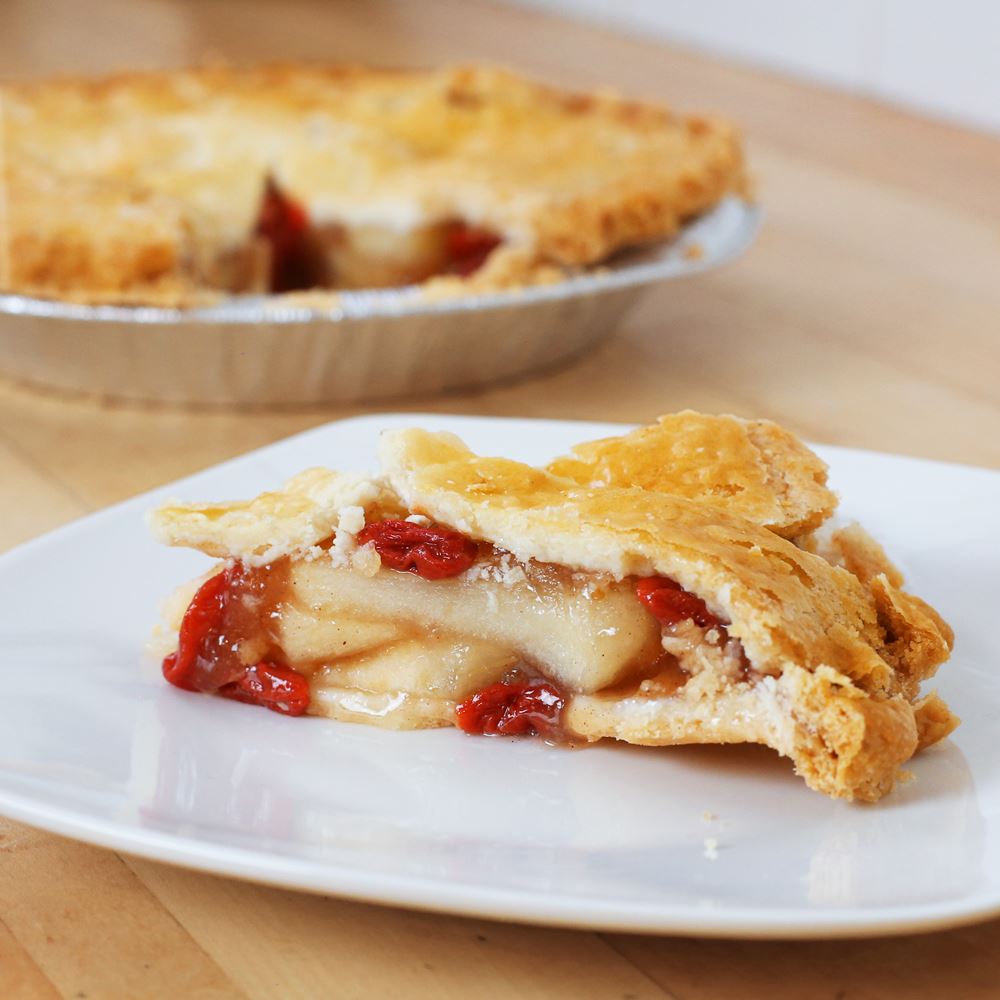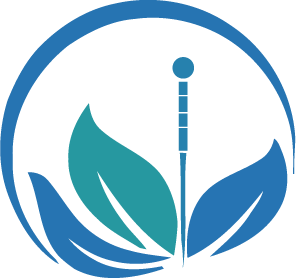Public Education
Free Information
about Acupuncture and Traditional Chinese Medicine
Hawaii Acupuncture Medicine Association (HAMA) periodically receives questions regarding licensing verification and potential misconduct of those practicing Acupuncture Medicine in our state. It is not the role of HAMA to pursue any concerns/complaints within our profession.
Below are the resources for individuals to do so:
Department of Commerce and Consumer Affairs (DCCA) — to verify Hawaii business licenses: https://mypvl.dcca.hawaii.gov/public-license-search/
RICO (Regulated Industries Complaints Office) — to submit formal complaints regarding misconduct and/or non-licensure: https://cca.hawaii.gov/rico/file/
![]()
What is Acupuncture?
Acupuncture is an ancient form of traditional medicine that has been used for over 4,000 years. It is a system of holistic medicine which incorporates the use of acupuncture needles, herbs, moxibustion, along with other modalities to restore balance to the body. Acupuncture is a safe and effective practice that can provide treatment for a variety of health conditions. Herbal medicine uses active ingredients made from plant parts, such as leaves, stems, roots, seeds, or flowers to treat diseases and maintain health.
What is Herbal Medicine?
Herbal medicine uses active ingredients made from plant parts, such as leaves, stems, roots, seeds, or flowers to treat diseases and maintain health.
What conditions benefit from these treatments?
Many conditions can benefit including allergies, arthritis, colds, flu, headache and migraines, high blood pressure, pain, sports related injuries and many others.
Information from the ASA - American Society of Acupuncturists
Acupuncture and Related Modalities
Exploring Acupuncture and Related Modalities: A Comprehensive Guide
Acupuncture, originating from Chinese medicine, has gained recognition and popularity in the U.S as an effective form of medicine. This article aims to provide a basic overview of acupuncture and related modalities commonly practiced in the field. We will explore the benefits, techniques, and applications of acupuncture, moxibustion, infrared heat lamp therapy, low light laser therapy, injection therapy, cupping, gua sha, tui na massage, and herbal medicine.
Acupuncture
Acupuncture is the core modality within the practice of Chinese medicine. It involves the insertion of thin, sterile needles into specific points on the body to stimulate blood movement, improve nerve conductivity, restore function, or enhance balance. Acupuncture is known to provide relief for a wide range of conditions, including pain management, stress reduction, fertility support, digestive disorders, and respiratory conditions. There is a range of acupuncture techniques, such as acupuncture with electric stimulation, bloodletting, and trigger therapy release. There is also a ranch of approaches such as meridians (peripheral nervous system), microsystems, scalp, post-stroke, bone needling, and nerve release. To determine the best course of action, Chinese medical acupuncturists will engage in basic questions and advanced assessment to establish a differential diagnosis. For more information on this aspect, see Chinese Medicine Theory (link to the that topic).
Moxibustion
Moxibustion is a technique often used in conjunction with acupuncture. It involves the burning of mugwort (Artemisia vulgaris) near specific acupuncture points or areas of the body to promote healing and improve function. Moxibustion can be performed directly or indirectly, and it is particularly beneficial for conditions involving cold or stagnation.
Infrared Heat Lamp Therapy
Infrared heat lamp therapy utilizes special lamps that emit infrared radiation to penetrate the body’s tissues. This therapy can be used as a standalone treatment or in conjunction with acupuncture. The gentle heat from the lamps helps promote circulation, relax muscles, and alleviate pain and inflammation.
Low Light Laser Therapy
Low light laser therapy, also known as cold laser therapy or photobiomodulation, involves the application of low-intensity lasers to specific points or areas of the body. This non-invasive treatment stimulates cellular activity, enhances tissue repair, reduces inflammation, and relieves pain. Low light laser therapy is commonly used for musculoskeletal conditions, wound healing, and dermatological issues.
Injection Therapy
Although this adjunct modality is part of accredited programs and included in textbooks, there is a required step to involve state pharmacy boards to determine acceptable agents that licensed acupuncturists can procure. In some states, licensed acupuncturists may have the scope to offer injection therapy as an adjunct to acupuncture treatment. This involves the injection of natural substances such as vitamins, homeopathic remedies, or herbal extracts into specific acupuncture points or affected areas. Injection therapy can provide targeted support for pain management, inflammation reduction, and tissue healing.
Cupping
Cupping involves placing special cups on the skin to create suction. This therapy helps promote blood flow, release tension, and alleviate muscle soreness. Cupping is often used for musculoskeletal conditions, respiratory issues, and detoxification.
Gua Sha
Gua sha is a technique that involves scraping the skin using a smooth-edged tool. This therapeutic scraping motion helps release stagnation, improve circulation, and relieve muscle tension. Gua sha is commonly utilized for pain management, immune support, and detoxification.
Tui Na Massage
Tui na is a form of Chinese therapeutic massage that combines various manual techniques and manipulation, including, kneading, stretching, and joint mobilization. Tui na helps promote circulation, relieve muscle tension, and address dysfunction. It is often used in conjunction with acupuncture for musculoskeletal issues, stress reduction, and overall wellness.
Herbal Medicine
Herbal medicine is an integral component of traditional Chinese medicine. It involves the use of natural substances, such as plants, minerals, and animal products, to restore balance and support healing. Herbal prescriptions are tailored to individual needs and can be used internally or externally to address a wide range of conditions.
Chinese Medicine Theory
Understanding Chinese Medicine Theory
Chinese medicine, rooted in ancient wisdom, provides a holistic approach to healthcare that aims to prevent or restore health, function, and balance. This article provides brief descriptions of the most basic Chinese medicine theories. We will explore key concepts such as meridian theory, yin and yang, the three vital fluids, the four levels, the five elements, the six syndromes, the seven evils, and the eight principles. Note: Please keep in mind that these are brief descriptions of complex theories in traditional Chinese medicine. They serve as introductory explanations and should not be considered exhaustive or comprehensive.
Meridian Theory
Meridian theory forms on of the many foundations of Chinese medicine. It describes a network of energetic pathways, known as meridians, through which Qi (vital energy) flows. These meridians overlap with the nervous system to connect specific organs and body systems. The term, “Qi” is an umbrella for movement (fluids, muscle firing, nerve conduction) and function. Acupuncture points along meridians overlap or connect with the nervous system. Stimulation in these areas results in a variety of outcomes depending on direction, depth, and technique.
Yin and Yang
Yin and yang represent the fundamental duality and interdependence found in nature and within the human body. Yin encompasses qualities such as darkness, coolness, and substance, while yang represents qualities like light, warmth, and activity. In Chinese medicine, health is achieved when yin and yang are in dynamic balance. Imbalances between these forces can lead to various health issues, and the goal of treatment is to restore equilibrium.
Three Vital Fluids
Chinese medicine recognizes three vital fluids that circulate within the body: Qi, Blood, and Body Fluids. Qi is the vital substance that animates and nourishes the body. Blood carries nutrients and oxygen to tissues. Body Fluids can be beneficial or pathogenic.
Four Levels Theory
The Four Levels Theory is a diagnostic framework in traditional Chinese medicine (TCM) that assesses the progression of disease through four energetic levels: Wei (Defense), Qi (Qi), Ying (Nutritive), and Xue (Blood). Each level represents a different layer of the body, and imbalances or pathogenic factors can manifest at these levels. The theory helps practitioners understand the progression and location of the disease, guiding the selection of appropriate treatments and therapies.
Five Elements Theory
The Five Elements Theory is a fundamental concept in TCM that categorizes phenomena into five elements: Wood, Fire, Earth, Metal, and Water. These elements correspond to various organs, tissues, emotions, and other aspects of the human body and the natural world. The theory emphasizes the dynamic relationships and interactions between the elements, helping practitioners understand patterns of disharmony and design treatment strategies to restore balance.
Six Syndromes Theory
The Six Syndromes Theory, also known as the Six Stages Theory, describes the progression of disease and the body’s response to pathogenic factors. It categorizes diseases into six stages: Tai Yang, Yang Ming, Shao Yang, Tai Yin, Shao Yin, and Jue Yin. Each stage represents a different level of disease progression and symptoms, guiding practitioners in identifying the underlying patterns and selecting appropriate treatment approaches to restore health.
Seven Evils Theory
The Seven Evils Theory refers to a set of external pathogenic factors that can disrupt the body’s balance and cause disease in TCM. These evils include Wind, Cold, Heat, Dampness, Dryness, Summer Heat, and Fire. Each evil has specific qualities and affects different body systems. By understanding the nature of these pathogenic factors, practitioners can diagnose and treat conditions associated with their influence, employing therapies to expel or counteract their effects.
Eight Principles Theory
The Eight Principles Theory is a diagnostic framework that analyzes patterns of disharmony by assessing eight fundamental principles: Yin and Yang, Exterior and Interior, Cold and Heat, and Deficiency and Excess. These principles describe the nature and characteristics of a patient’s condition, helping practitioners identify imbalances and select appropriate treatment strategies. The theory provides a systematic approach to diagnosis and forms the basis for individualized treatment plans.
click for downloadable pdf of this graphic
———————————————————————————————————————————————————

Apple-Goji Pie
Who loves apple pie? The beloved apple has many benefits from a TCM perspective, aside from it being a nourishing and crunchy treat. Apples are cool, sweet Yin tonics that enter the Heart, Lung and Stomach meridians, and some sources say they enter the Liver meridian as well. Apples clear Heat and encourage the movement of Qi. When combined with the perfect spicy and warming trio of Rou Gui, Rou Dou Ko and Ding Xiang, which supports the digestive function, your middle Jiao will be exceedingly happy! Adding Gou Qi Zi to the recipe makes this even more special, entering the Liver, Lung and Kidney meridians and serving to tonify the Yin and Blood. We know that Gou Qi Zi has the special function of brightening the eyes, and we guarantee that your vision (and taste buds) will be delighted after the first delicious bite!
INGREDIENTS:
2 prepared pie crusts
4 cups peeled & sliced apples (Honey Crisp, Granny Smith or Fuji are good choices)
1 cup dried Gou Qi Zi (Goji berries)
¾ cup white sugar
1 tablespoon cornstarch
1 teaspoon ground (Rou Gui) cinnamon
¼ teaspoon ground (Rou Dou Ko) nutmeg
¼ teaspoon ground (Ding Xiang) clove
2 tablespoons butter (cold)
DIRECTIONS:
1. Pre-heat over to 400 degrees.
2. Soak dried goji berries in 2 cups of water for 20 minutes. Drain and set aside.
3. Add peeled & sliced apples, goji berries, sugar, cornstarch, cinnamon, nutmeg and clove to large mixing bowl.
Toss apples and berries to coat.
4. Place bottom pie crust into a 9-inch pie dish.
5. Spread apples and sugar-spice mix into an even layer onto the bottom pie crust.
6. Cut butter into small pieces and evenly place on top of the pie filling.
7. Place top pie crust on top of the pie, crimping the edges. Cut 3-5 slits in the top for venting.
8. Bake the pie until browned and fruit is bubbling (45-60 minutes).
9. Serve warm with a scoop of vanilla ice cream on top.
Enjoy!
TCM Tip: Spleen-Stomach Super Foods
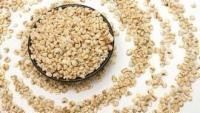
One traditional Taoist maxim says, “Food is better than herbs; Qi is better than food; and emptiness is better than Qi.” Food is something we eat every day—several times a day—so the choices we make in this area can go a long way to create balance and wellness in our body. It’s certainly something to practice on the way to “emptiness.”
From the TCM frame of understanding, every food, spice, and herb has an energy essence that travels through particular meridians to certain organs. Each organ can be beneficially impacted by eating corresponding foods and spices, or by taking related herbs, if necessary.
There are numerous foods and spices that help strengthen the function of the Spleen and Stomach, the organ pair in predominance in late summer.
The following three are super foods that really benefit this organ pair:
-
· Chinese barley (also called Coix seed, Job’s tears or yi ren mi) ‒ strengthens the Spleen; relieves dampness and excess internal heat in the body
-
· Lotus seed (also called lotus nut or lian rou) ‒ tones the digestive system; strengthens the Spleen, Stomach, Lung, and Kidney; increases blood cells
-
· Chinese red date (also called jujube or hong zao) ‒ improves function of the Spleen and Stomach, also nourishes the Heart; strengthens Qi; and helps restore lost body fluids
-
A Powerful Breakfast Cereal
Traditionally, these iconic healing foods are eaten together as a breakfast cereal. (Note: Use with care during pregnancy.) Rinse one cup of each thoroughly and add to a large pot. Add two quarts of water. Bring the mixture to a boil and simmer for about forty minutes. Be sure to keep an eye on the water level. Add more water if necessary during the cooking time, and adjust the cereal’s consistency with additional water, soy milk, or cow’s milk. This cereal can be sweetened to taste with brown sugar or honey. This recipe makes enough for about five individual servings. You can make it ahead of time and reheat in the morning.
Keep Your Cool this Summer with these Refreshingly Delicious Herbal Teas

Dr. Soraya Faris Applegate, DACM, DAc.
Summer is associated with the Fire element. Fire is associated with the organs and channels of our heart, pericardium and small intestine. Summer Fire is also associated with the mind and the heart. As the external environment heats up, so can the internal environment. We might find ourselves becoming restless and agitated. Herbal Teas are a wonderful way to help us keep our cool and calm our minds and bodies so that we can enjoy the Summer Season.
Chrysanthemum flowers (Ju Hua) are commonly used in Traditional Chinese Medicine for their cooling and calming properties. Drinking Chrysanthemum flower tea every day in summer provides many health benefits such as calming the mind and emotions, cooling the skin and soothing hot, tired red eyes.
Chrysanthemum flowers go well with light green teas, like Jasmine or Mint. Tea is best enjoyed warm. Even though this sounds counterintuitive, a cup of hot tea in the hot weather can actually cool one down! Drinking warm fluids dilates the blood vessels which promotes sweating and the evaporation of the sweat is cooling.
Chrysanthemum Green Tea
Half a cup of Chrysanthemum flowers
2 teaspoons of green or mint tea
Add hot water and then let cool
Add rock sugar or honey to taste
Watermelon Green Tea Recipe
1/4 cup pureed watermelon (strained)
1 cup of green tea
Puree your watermelon and strain through a mesh strainer until you have 1/4 cup of juice then add the green tea. This tea is best drunk at room temperature, while listening to the song: ‘Water Melon Sugar High!’ by Harry Styles
Watermelon is one of the best remedies for dehydration and Summer Heat symptoms. Watermelon is 92 percent water and you can eat every part of it – rind, pulp, juice and seeds. Chinese Herbal Medicine uses the fruit (Xi Gua) and the seeds (Xi Gua Ren) to clear Summer Heat and generate body fluids.
Let’s not forget about being ‘Cool as a Cucumber!’ Adding cucumber to water – simple and delicious!
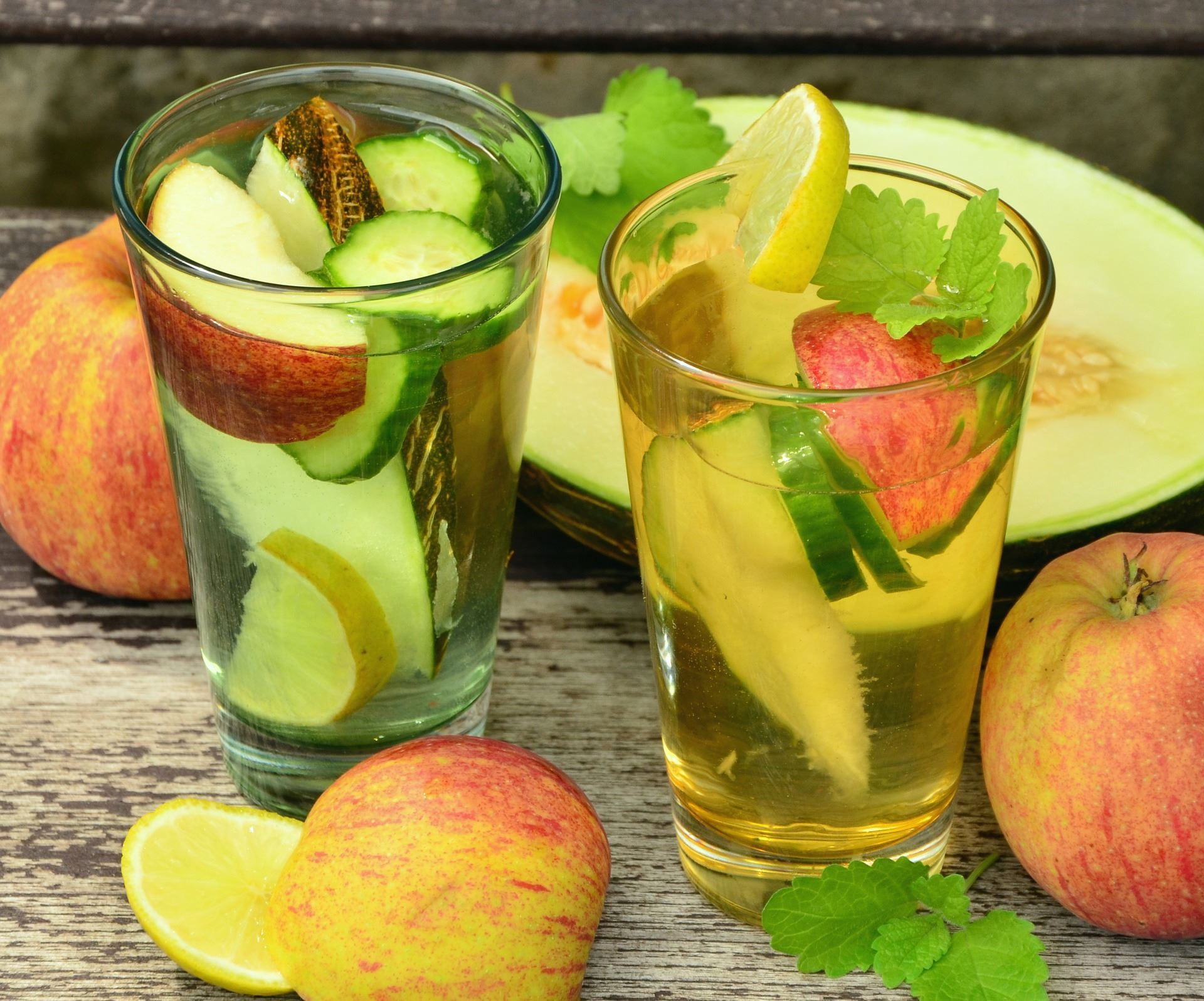
How to Make Turmeric Congee
These days, digestion has become a big topic of conversation. Whether it’s “getting regular”, what fermented foods to eat, or what strain of probiotics are the best, people are talking about their guts and how to get them healthy. For more than three thousand years, Traditional Chinese Medicine and Asian cultures have been using congee, a delicious, digestion-harmonizing dish of porridge. Typically made with rice but also other grains and legumes, congee is pure comfort, especially on cold dreary days. Enjoy a warm bowl of easy-to-digest congee for breakfast!
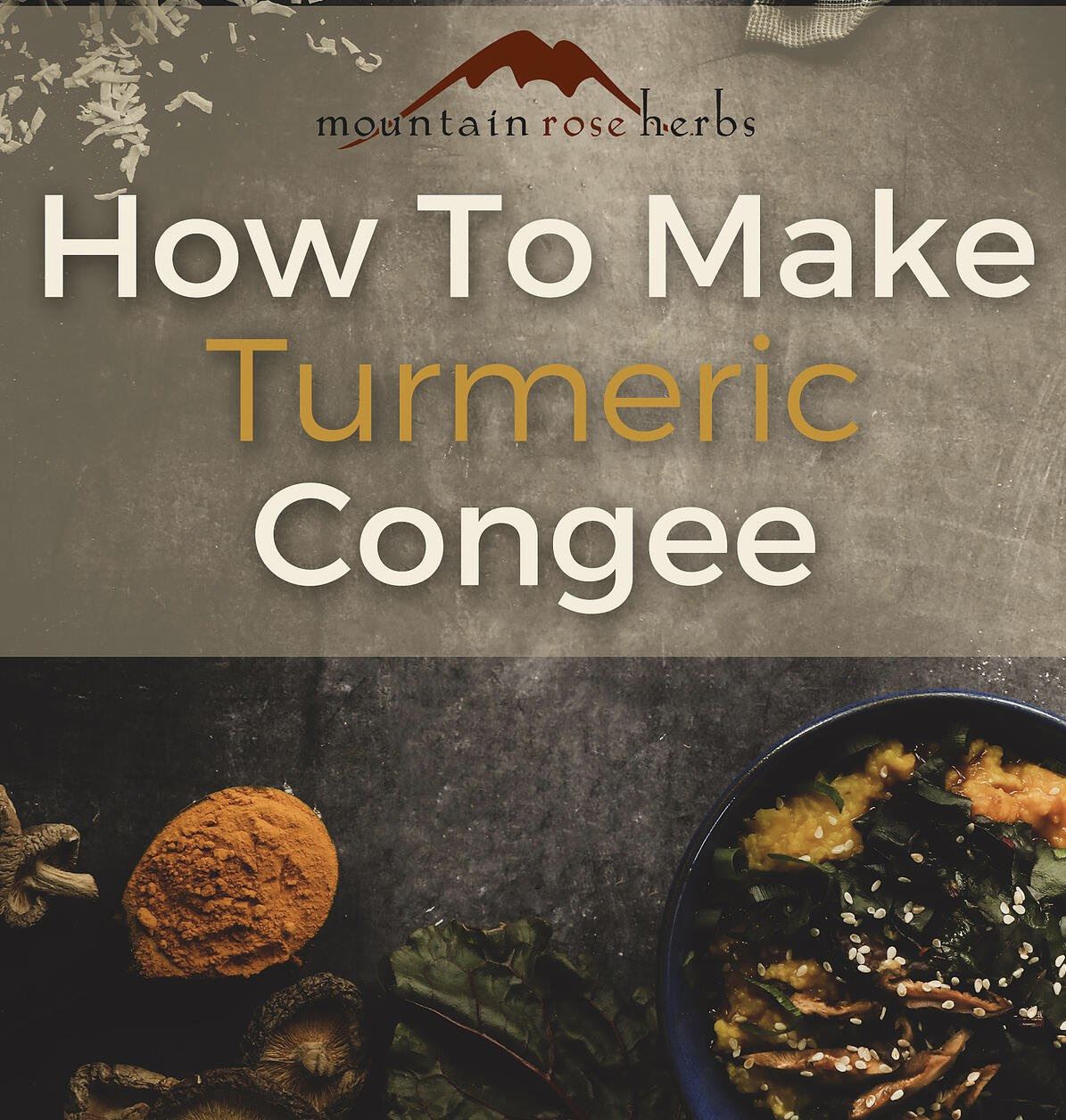
It can easily be prepared the night before you want to enjoy it or put into a slow cooker overnight. You can even make it with leftover grains by watering them down. This porridge-like dish is warming and nourishing and perfect for those who are feeling dry, depleted, or recovering from being under the weather.
Because congee is so versatile, it can be packed full of beneficial herbs, and topped with savory or sweet toppings. The addition of ground turmeric makes the congee a lovely golden color while also adding the benefits of a supportive herb for joint mobility.* Depending on the season, you can make congee more or less warming just by switching up the toppings and spices you add. Try ginger, chilies, or garlic as herbal toppings in the cooler months and fresh herbs like cilantro, dill, or mint in the warmer months. The sweet option is great for those who need more of the moistening water element, and the savory can be helpful for those needing a warming fire element.
Turmeric Congee Recipe
Makes about 8 cups.
Ingredients
● 1 cup organic basmati, brown, or jasmine rice
● 6-8 cups water or broth
● 1/2 Tbsp. organic turmeric powder
Directions
1. Add the rice, water, and turmeric to a medium pot.
2. Bring to a boil on medium-high heat, then reduce heat to a low simmer for about an hour. Add more liquid if needed.
3. Serve hot in bowls with your favorite toppings.

Congee Toppings
SWEET TOPPINGS
● Toasted nuts or seeds, such as walnuts, pecans, or sunflower seeds
● Berries and sliced fruits (can be stewed), such as persimmon, apple, or pear
● A drizzle of maple syrup or honey
● Toasted coconut flakes
● Ground spices, such as cinnamon, cardamom or ginger
SAVORY TOPPINGS
● Toasted or black sesame seeds
● Protein of choice
● Tamari or soy sauce
● Organic dulse flakes
● Freshly grated ginger or garlic
● Seasonal sautéed or steamed greens, such as bok choy, spinach, or swiss chard.
Pro Tips:
● If time permits, consider cooking for 2 to 6 hours, since the longer the congee cooks, the more digestible it becomes.
● You can prepare congee in your slow cooker by combining the ingredients and cooking at a low setting for 6 to 8 hours.
https://blog.mountainroseherbs.com/turmeric-congee

Winter Solstice Nourishing Wine
冬至十全大補酒
Prepare in summer or fall so it will be drinkable by winter.
Ingredients:
黃耆 Huang Qi, 100g
甘草 Gan Cao, 100g
黨參 Dang Shen, 60g
白朮(土炒) Bai Zhu, earth-stir fried, 50g
白茯苓 Bai Fu Ling, 40g
川芎 Chuan Xiong, 20g
白芍 Bai Shao, 30g
肉桂 Rou Gui, 10g
靈芝 Ling Zhi, 20g
鹿茸 Lu Rong, 10g
天門冬 Tian Men Dong, 20g
地黃 Di Huang, 20g
Preparation:
Place the herbs in a ceramic jar.
submerge the herbs in high proof Chinese clear grain liquor (between 38-56%).
Seal the jar tightly, better with clay, for 3-6 months.
Usage:
Drink a shot glass per day in the late afternoon or 3 hours before bed.
_________________________________________________________________________
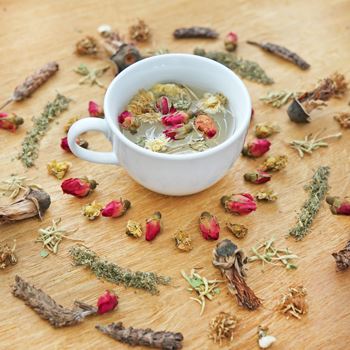
Five Flowers Tea
Cooling Summer Herbal Teas
Five Flowers Tea, or Wu hua cha 五花茶 is a traditional Chinese folk tea, enjoyed especially during the summer months by Cantonese people in the hot and humid south. Sweet and slightly cold, its’ main TCM functions are to clear heat and toxins, drain dampness, promote urination, cool blood, and alleviate summertime wind-heat.
There is no official version of the recipe in the traditional Chinese pharmacopoeia, but most herbal tea shops in Asia use five kinds of flowers: Honeysuckle, Chrysanthemum, Japanese Pagoda tree, Kapok, and Frangipani. In herbal clinics, the tea is modified for individual prescriptions based on the drinker's constitution. Modifications can include Roses, Magnolia, Dandelion and Self-heal flowers as well as non-flower herbs such as Mulberry leaves, Hedyotis diffusa, and Bamboo leaves.
Try these Summer Tea ingredients:
Honeysuckle / Lonicera japonica / Jin yin hua
Chrysanthemum / Chysanthemum morifolium / Ju hua (white is recommended for lighter taste)
Japanese Pagoda tree / Sophora japonica / Huai hua
Kapok / Gossampinus malabarica / Mu mian hua
Frangipani / Plumeria rubra / Ji dan hua
Roses / Rosa rugosa / Mei gui hua
Magnolia / Magnolia denudata / Xin yi hua
Dandelion / Taraxacum mongolicum / Pu gong ying
Self-heal / Prunella vulgaris / Xia ku cao
Mulberry leaves / Morus alba / Sang ye
Hedyotis diffusa / Bai hua she she cao
Bamboo leaves / Lophatherum gracile / Dan zhu ye
Hawthorne fruit / Crataegus pinnatifida / Shan zha
Goji fruit / Lycium barbarum / Gou qi zi
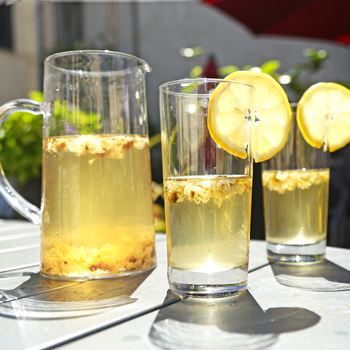
Brewing Instructions
Summer Tea
Whatever combination of herbs you prefer, simply:
Soak about 2 gram each of the dried flowers for 5-10 minutes in a tea pot or mug
Drain water and pour 8-10 ounces of freshly boiled water over flowers
Cover and let steep for 10-15 minutes
Strain out flowers
Sweeten to taste
Can be enjoyed hot or put in fridge to cool into a refreshing, cold drink.
Forage your own ingredients!
Depending upon the region where you live, some flowers and herbs can be found fresh in your garden or on a hike. You may consider harvesting them for your tea, but be sure that they are an edible species, have not been sprayed with dangerous pesticides, and wash thoroughly before using.


